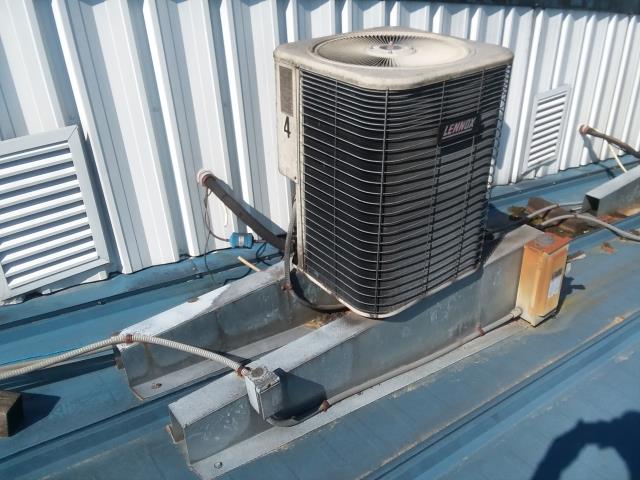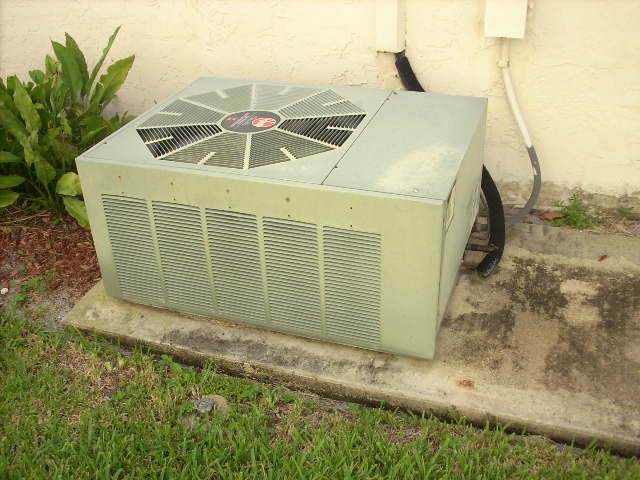Advice for Air Conditioners

Klarstein offers a wide range of devices for climate control. In our guidebook we explain which device is the optimal solution for your home. Here we explain the differences between the various refrigerators, advise on the correct size of the air conditioner and explain what details you need to pay attention to when buying an air conditioner.
What are the different types of air conditioners?
Air conditioners and air coolers are like sand on the sea. The spectrum ranges from small and mobile air conditioners for cooling a single room to permanently installed systems for controlling the temperature of entire apartments. Most devices are equipped with numerous additional functions, such as humidifying or dehumidifying the room air, a fan or even a heating function for the winter.
The different room coolers also differ from each other in the way they work. While air coolers cool down the ambient air by evaporation of water, air-conditioning systems reduce the room temperature using a special refrigerant.
In order to answer the question of which air conditioning unit is the right one for individual needs more easily, our guide to air conditioning systems provides the necessary information on the various types of room coolers, explains their operating principles and also provides practical tips on efficient and energy-saving applications.
What do I need air conditioning for?
At around 20° Celsius, people are one hundred percent efficient. At 28° the performance drops to about 70% and at temperatures above 33° he can only use about half of his performance potential. But it is not only from an economic point of view that cooling down the room air is worthwhile when temperatures rise. When temperatures rise, people begin to feel uncomfortable, which can have a negative effect on the quality of life and sleep.
Even special circumstances within a room, such as very large windows or a large number of electrical appliances in offices or server rooms, can make temperature regulation sensible or even necessary. While fans usually only distribute the warm air, air conditioners and air coolers are able to lower the actual temperature and thus significantly improve the room climate.
What do I have to consider when air conditioning rooms?
When air-conditioning a room, it is important to always consider temperature and relative humidity in relation to the surroundings, which is why there are no universal or absolute specifications. In principle, a room should not be cooled down by more than 6° Celsius compared to the outside temperature, as this can lead to circulatory problems and colds. Also the air humidity has a large influence on the well-being factor in a room. If it is too high, it impairs the natural thermoregulation of humans, while too low a humidity dries out the mucous membranes and can lead to irritation of the respiratory tract. Ideally, the humidity should be between 50% and 60%.
Advantages over mobile air conditioners
The advantage of an air-conditioning split unit over mobile mono units lies in the two-part operating principle of the system and the associated significantly reduced noise level. The noise-intensive part in the form of the compressor is housed in a second unit and is mounted on the outside of the building facade. The indoor unit sucks in the room air, filters and cools it and operates very quietly. At the same time, this principle increases the cooling capacity.
Both parts of the unit must be installed by a specialist and firmly connected to each other by a hose pipe through the wall. Although a permanently installed air conditioning system costs a little more money to purchase, it is much more efficient and cost-effective in the long term and is also much more durable. In addition, most split units have a reverse function, allowing them to work as a heater in cold temperatures.
Targeted reduction of ambient temperature with monoblock air conditioners
With a mobile air conditioning system, also known as a monoblock air conditioning unit, the ambient temperature can be quickly and specifically reduced without having to install a device permanently in the room. At the end of the heat exchange process, the room temperature is cooled and the warm air is transported outside via an exhaust hose.
With the supplied installation material, the exhaust hose can be easily attached to the window and sealed without any additional installation work. This makes it easy to move the mobile air conditioning unit and use it in different rooms of a house.

Without coolant and very low energy consumption
Active Air Solutions air cooler generates a reduction in the ambient temperature through the physical principle of evaporative cooling and therefore requires no coolant and very little energy. The cooling unit evaporates water from a tank and uses a fan to direct the warm ambient air past it, thereby cooling it down. This effect can be further enhanced by adding ice cubes or cooling elements to the water tank.
The evaporation humidifies the air pleasantly and also cleans most appliances through an air filter. Due to its compact dimensions and low weight, an air cooler can be easily moved and the evaporation mechanism means that the air conditioner does not require an exhaust hose.

